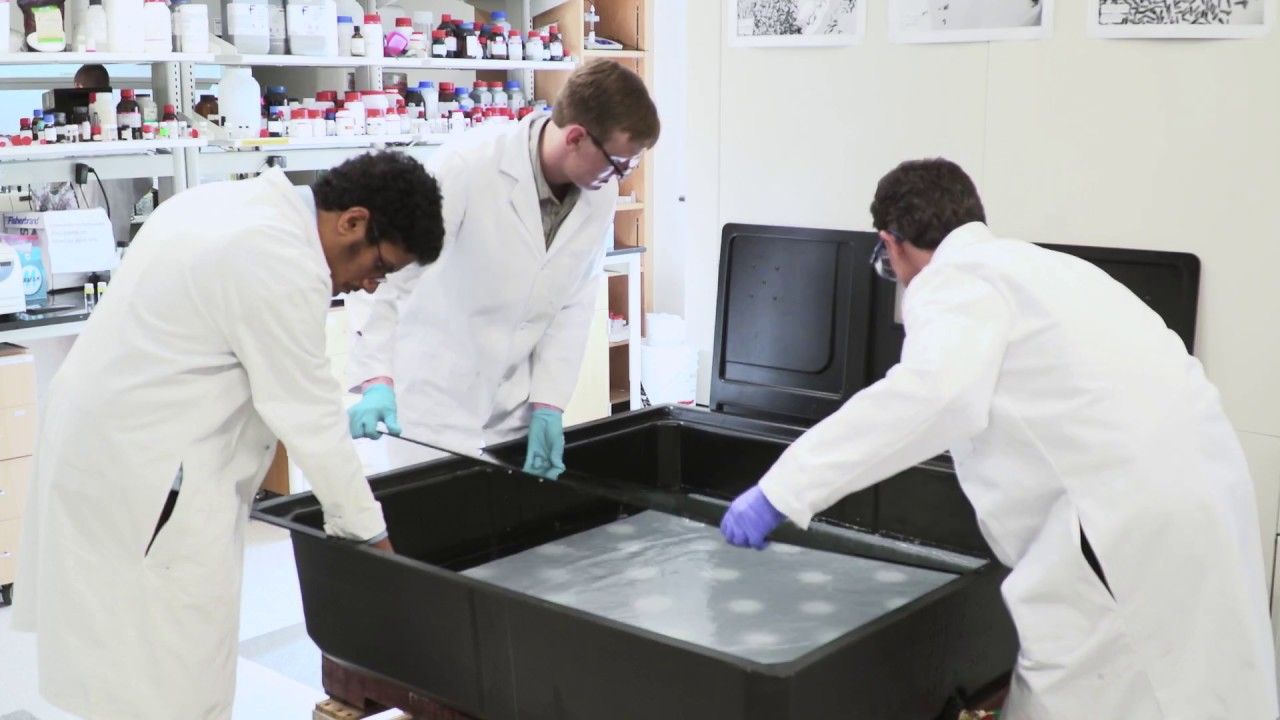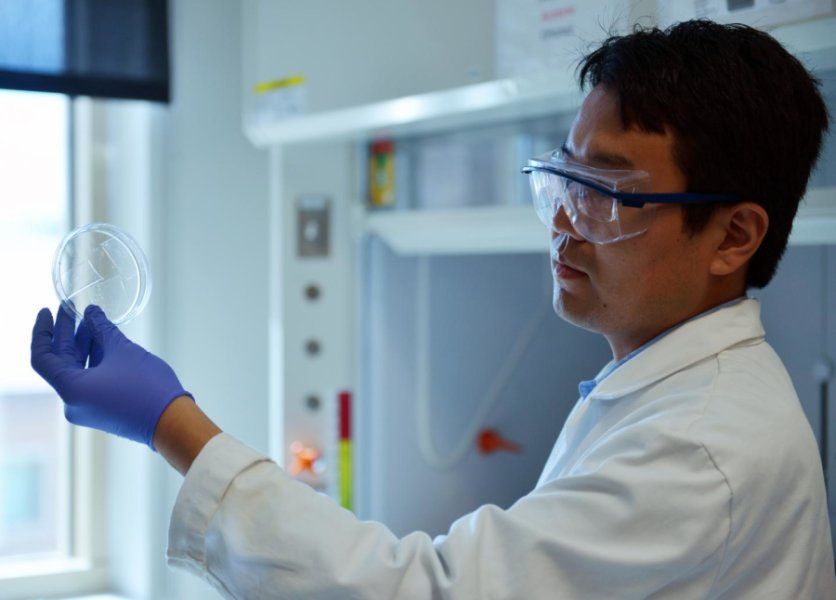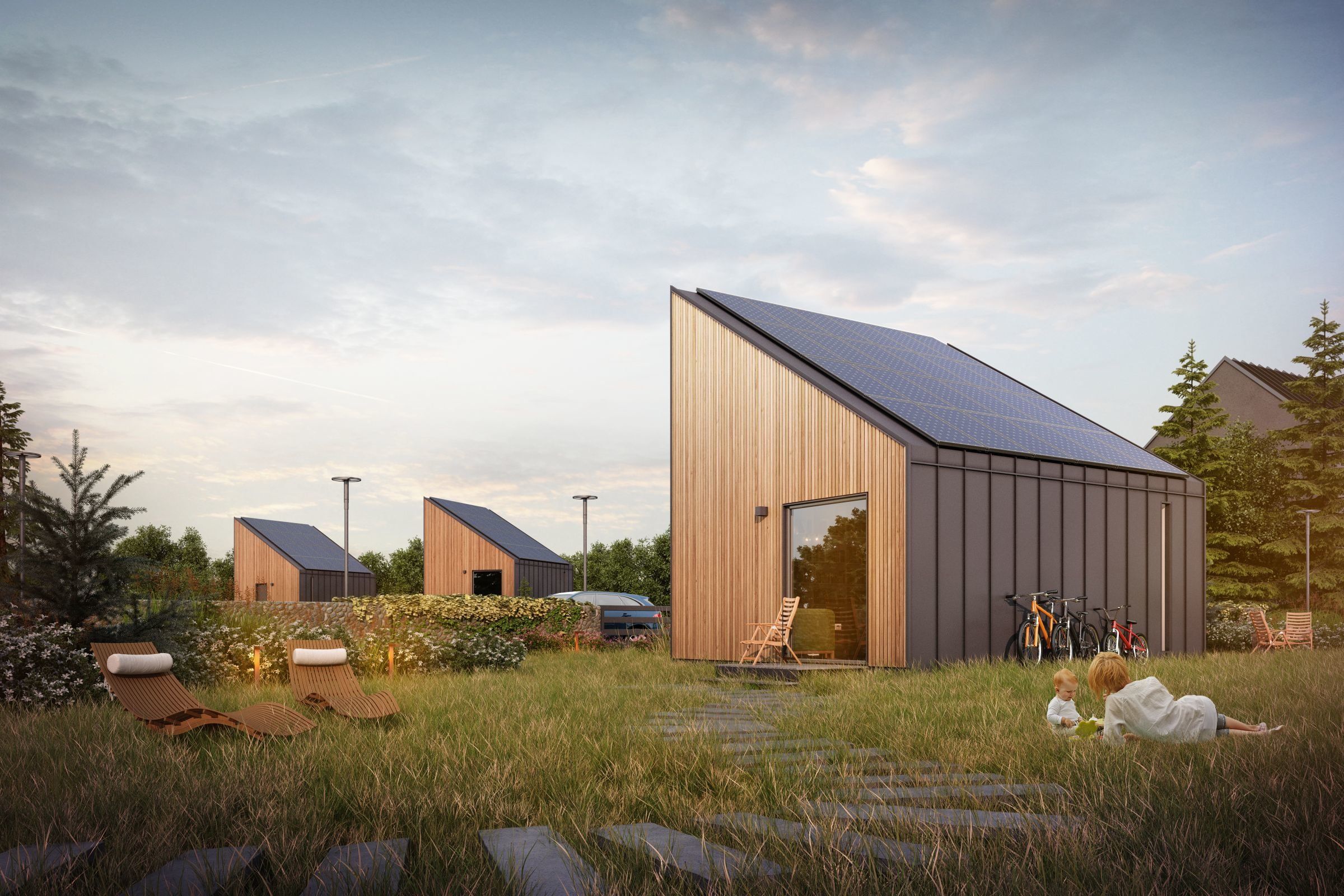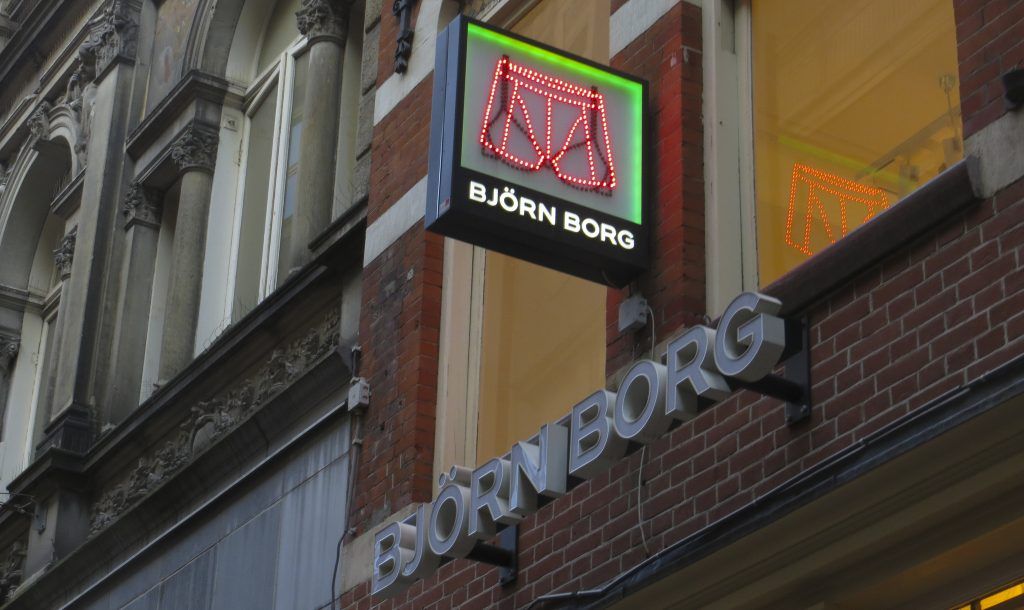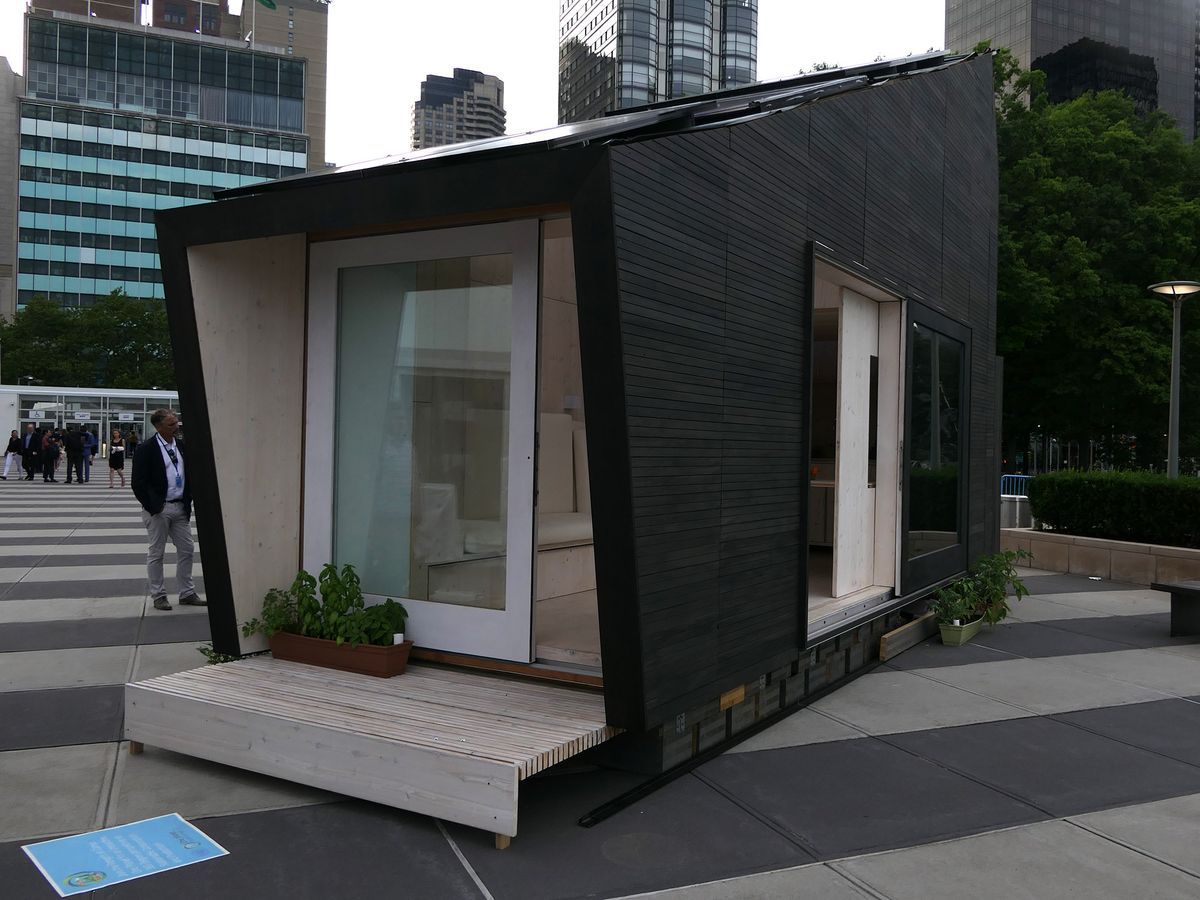A new, super-insulating gel developed by researchers at CU Boulder could dramatically increase the energy efficiency of skyscrapers and other buildings, and might one day help scientists build greenhouse-like habitats for colonists on Mars.
The “aerogel,” which looks like a flattened plastic contact lens, is so resistant to heat that you could put a strip of it on your hand and a fire on top without feeling a thing. But unlike similar products on the market, the material is mostly see-through.
“Transparency is an enabling feature because you can use this gel in windows, and you could use it in extraterrestrial habitats,” said Ivan Smalyukh, a professor in the Department of Physics. “You could harvest sunlight through that thermally-insulating material and store the energy inside, protecting yourself from those big oscillations in temperature that you have on Mars or on the moon.”
